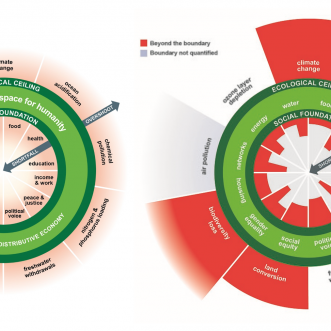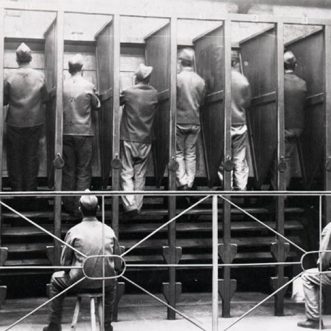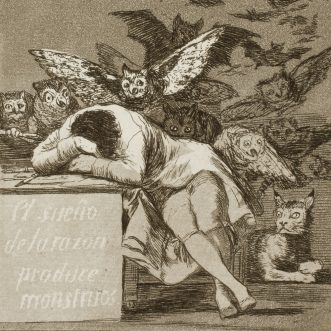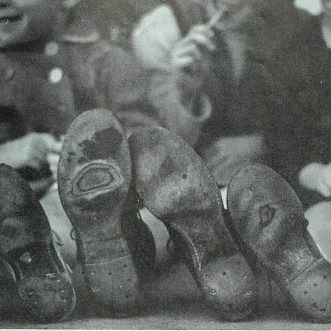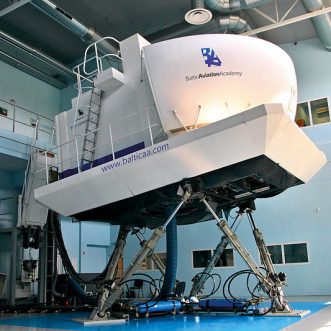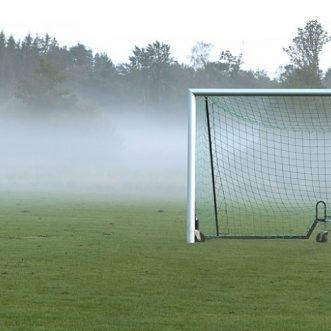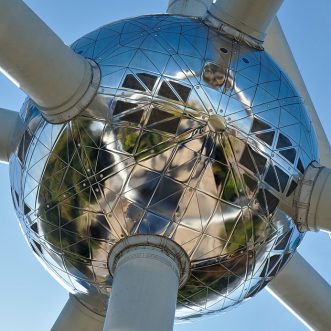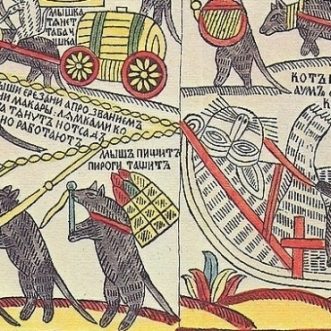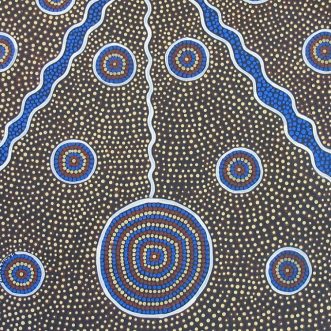July 9, 2021
As aboriginal Australians know, the way to deepen learning is to make it immersive. They also know that practising scenarios before you encounter them speeds up the process.
We small businesses have our own form of immersive learning. We call it ‘throwing them in at the deep end’.
Somehow, we hope that through this experience, newbies will learn to make and keep promises on behalf of the business as well as we do. Of course, many don’t, and some just drown.
I don’t know about you, but I wouldn’t be happy if pilots learned by being ‘thrown in the deep end’. I prefer what actually happens. They learn in a simulator. A safe space – the paddling pool if you like – where they can be immersed in what if feels like to fly a plane, and systematically run through all the scenarios they may have to cope with – taking off, landing, turbulence, bid strikes, engine failures, and so on.
You and I can feel safe getting on a plane because pilots have literally been through all these experiences many times before they get anywhere near a real cockpit, at the head of a tubeful of passengers and crew.
Why not do the same for your prospects and clients? Build a simulator for your business, program it with likely scenarios and use it to train new people, or practise new services before you deliver them, or explore how you could do things differently. Make it a psychologically safe space and it will be fun, team-bonding and surprisingly productive. It will become a practise space people use regularly to improve your customer experience score.
Discipline makes Daring possible.

